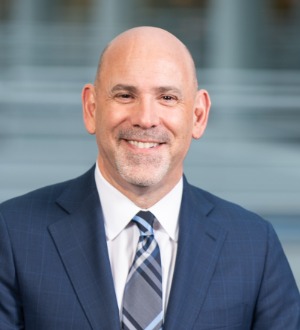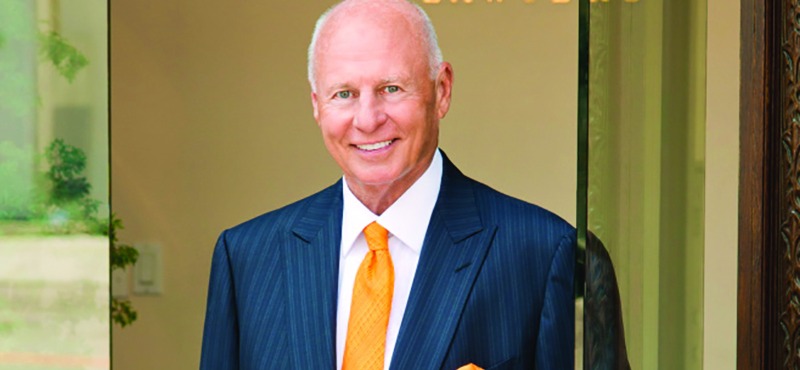A doctor reuses a syringe, infecting a patient with hepatitis C. Defective defibrillators need to be surgically replaced. Arthritis medications cause heart attacks and strokes. A surgeon operates on the wrong side of a patient’s brain.
Where do the victims of these events turn? Make as many jokes as you’d like, but without lawyers, they’d be on their own. Medical malpractice insurance carriers, using their formidable assets and power, flex their muscles and bully their way through defending these inconvenient “events,” which may affect their bottom line. In fact, insurance lobbyists in Albany are actively pushing for laws that would severely limit noneconomic pain and-suffering monetary awards for medical malpractice victims.
One of those victims is Ray Bookstaver of Hicksville, who contracted hepatitis C when Dr. Harvey Finkelstein, incredibly, reused syringes and contaminated multidose medicine vials. Instead of the pain relief he sought, Bookstaver was given a terrible disease that may amount to a death sentence.
Finkelstein’s malpractice insurance company has yet to forward a check to compensate Bookstaver for the lifetime of suffering and medical costs he’s likely to endure. If the insurance industry’s lobbyists succeed in capping damages, his recovery could be limited to $250,000. Is that fair for a lifetime, perhaps a shortened one, with hepatitis C?
Even the New York State Health Department, which is supposed to protect the public from bad doctors, dropped the ball on this one. It took almost three years — almost three years! — after deciding that Finkelstein acted “in violation of accepted infection control practices” to notify most of his patients. Nassau County Executive Thomas Suozzi called the delay “outrageous.” So should all New Yorkers.
The issue of unfair proposed caps on damages will be delayed while the governor and the State Legislature investigate this matter to see how to put some speed and teeth into the Health Department’s patient-protection duties. Senate hearings are being scheduled for next month.
The one party that will be conspicuously absent from the hearings is Finkelstein’s malpractice insurance company. So far, it hasn’t gotten a lot of attention. But when doctors make mistakes, it’s almost always their malpractice insurance companies that pay the victims — just like your car insurance company pays out for accidents.
And that makes sense, since much of the money in America is hoarded in the coffers of insurance companies. How do malpractice insurance companies play into this whole scenario? Well, Finkelstein has a very busy practice. He needs to squeeze a lot of people into his office each day, in part because insurance premiums have skyrocketed. Mismanagement within the insurance industry, poor investment decisions, inadequate ratemaking supervision by the State Insurance Department and widespread medical errors have driven them up.
Naturally, the industry lobbyists blame the lawyers who defend people like Bookstaver for bringing too many lawsuits. With the rising insurance premiums affecting the bottom line, doctors are forced to cut corners to save money any way they can - even if it means reusing syringes.
The truth is, capping malpractice awards would not keep insurance premiums down. It would only deny fair and reasonable compensation to New York’s thousands of victims of medical negligence. Those most affected would be low-income people, women and the elderly, because the proposed caps do not apply to economic losses and, traditionally, middle-aged men are the biggest earners.
The logic of the insurance company is backward. Although it’s true that the largest expense for most doctors is their malpractice premium, the real root cause of the financial difficulties faced by medical providers is inadequate reimbursement provided by health maintenance organizations, Medicare and Medicaid. To stay in business, many doctors are forced to cut corners, work with skeleton crews and cram more patients into a workday. The result is often sloppy practice and avoidable medical errors. The lawsuits that ensue are the effect of this progression, not the cause.
The malpractice insurance companies will likely follow the upcoming hearings closely, tucked away in their corporate offices and working on the next batch of lawyer jokes to feed the public. But, the 630 people notified by the Department of Health earlier this month - the ones who await blood test results to see if they’re infected with hepatitis C, hepatitis B or HIV — won’t be laughing.






















